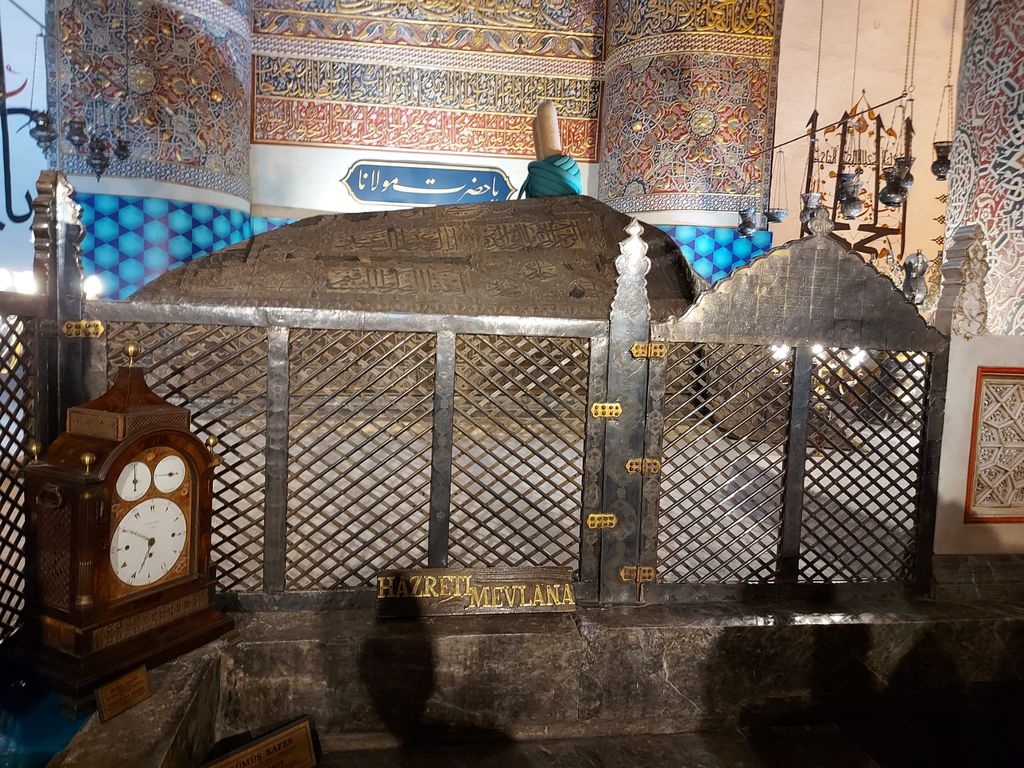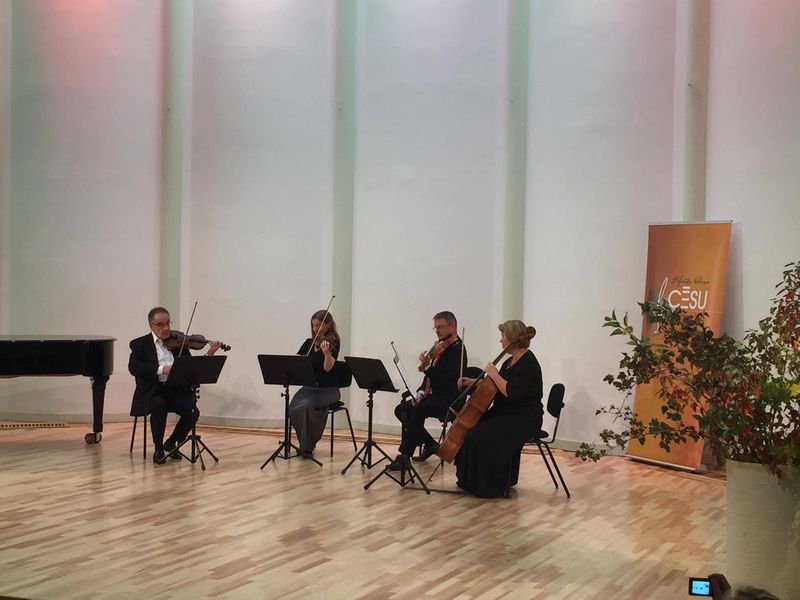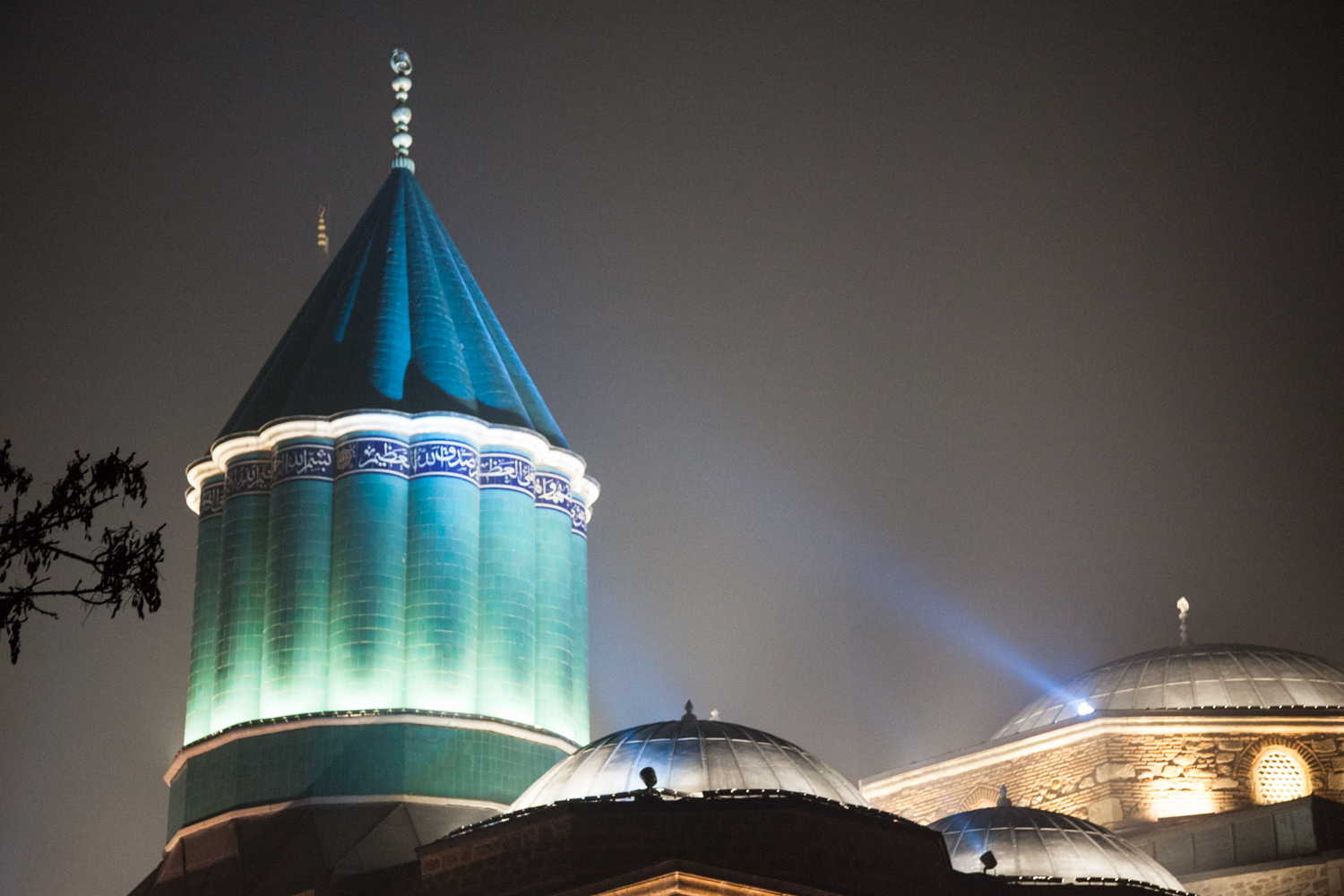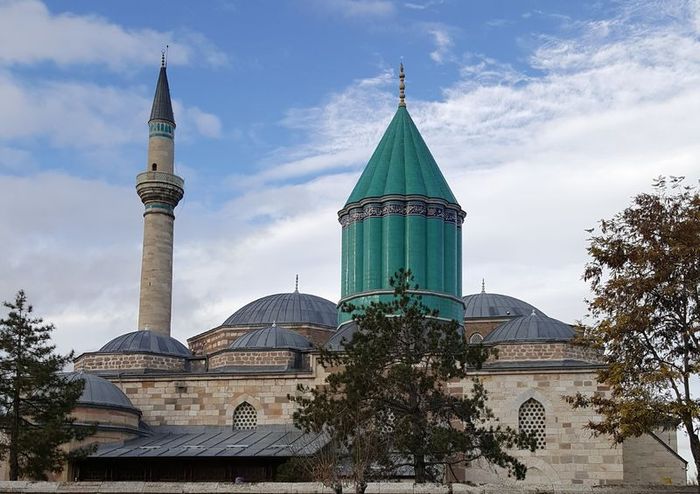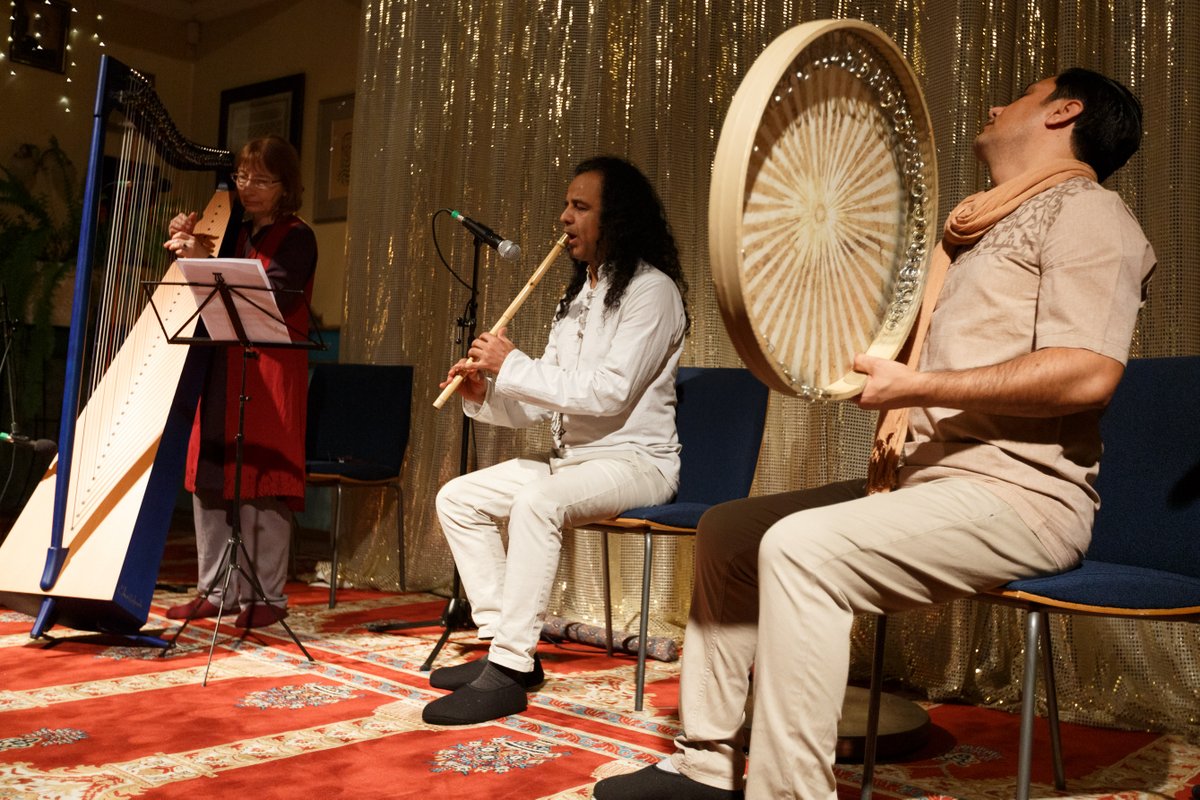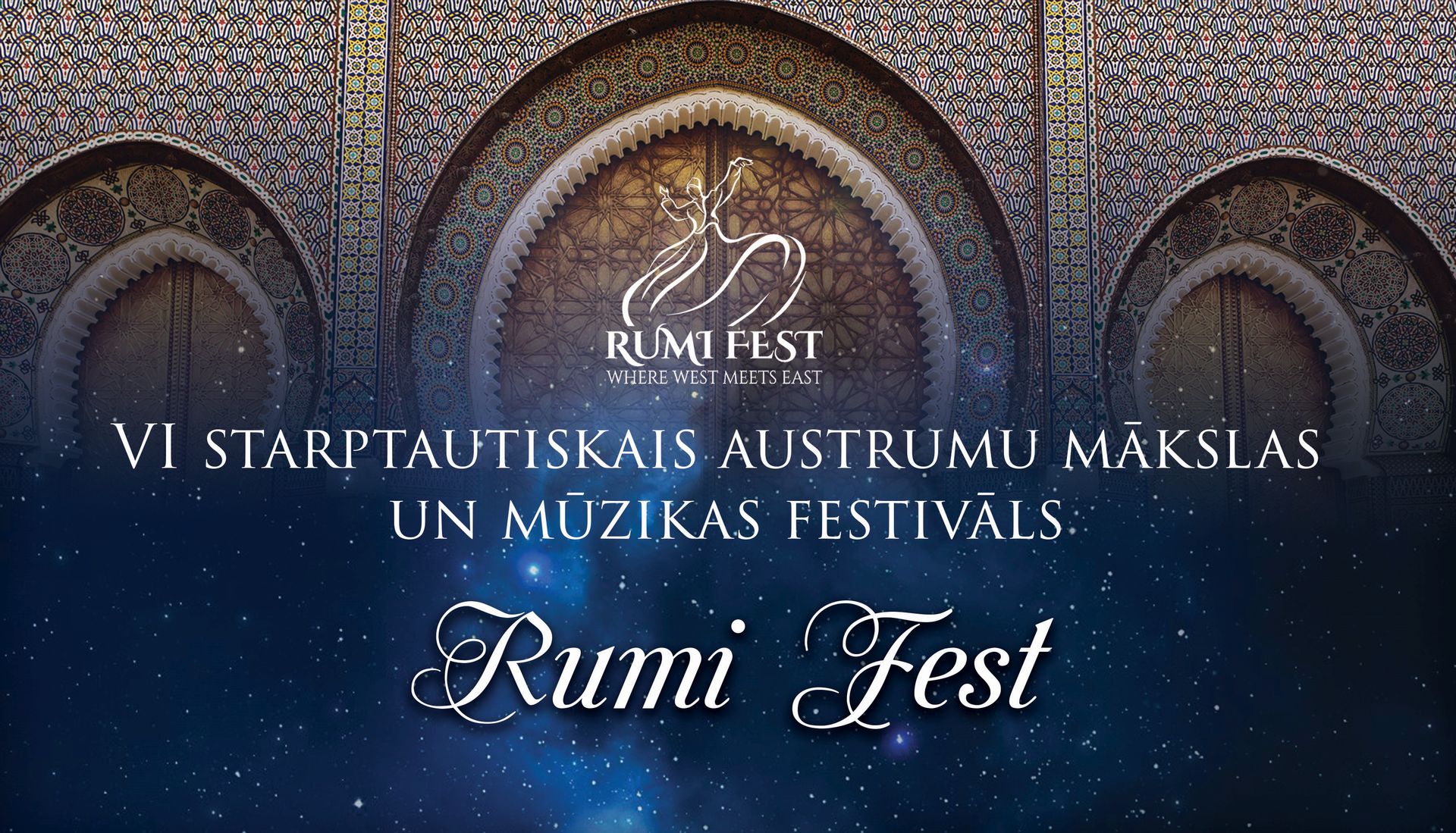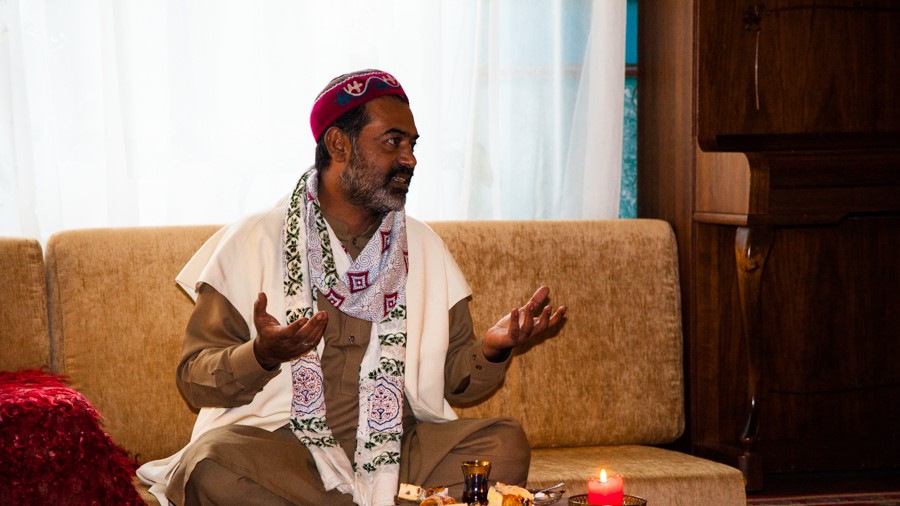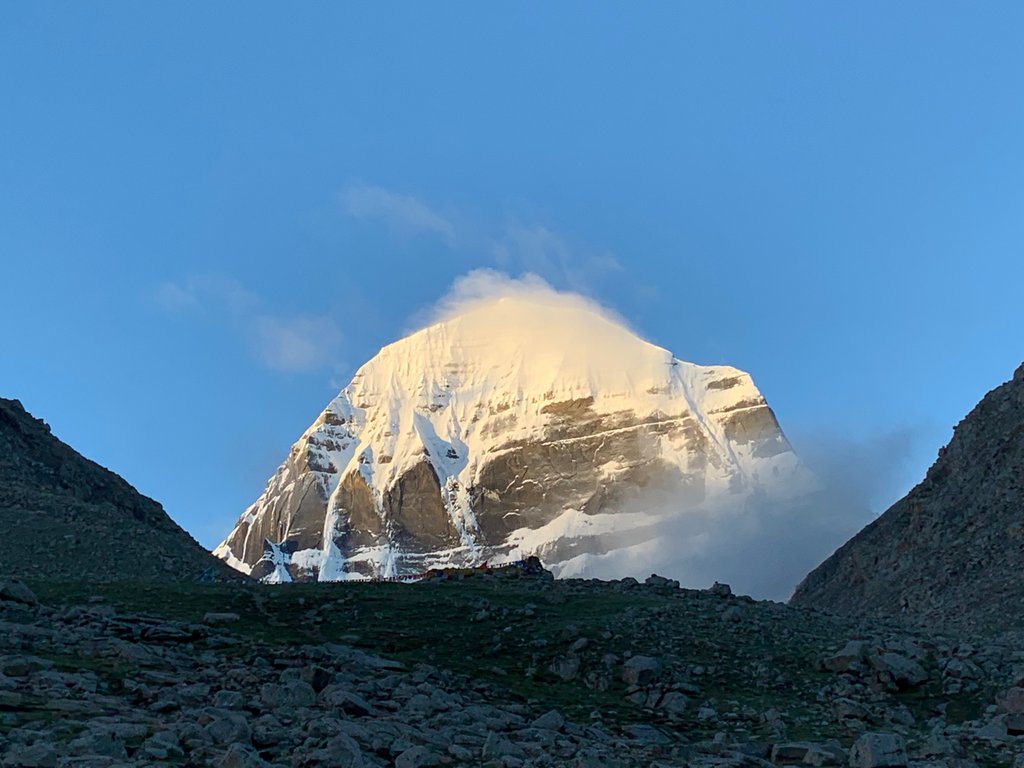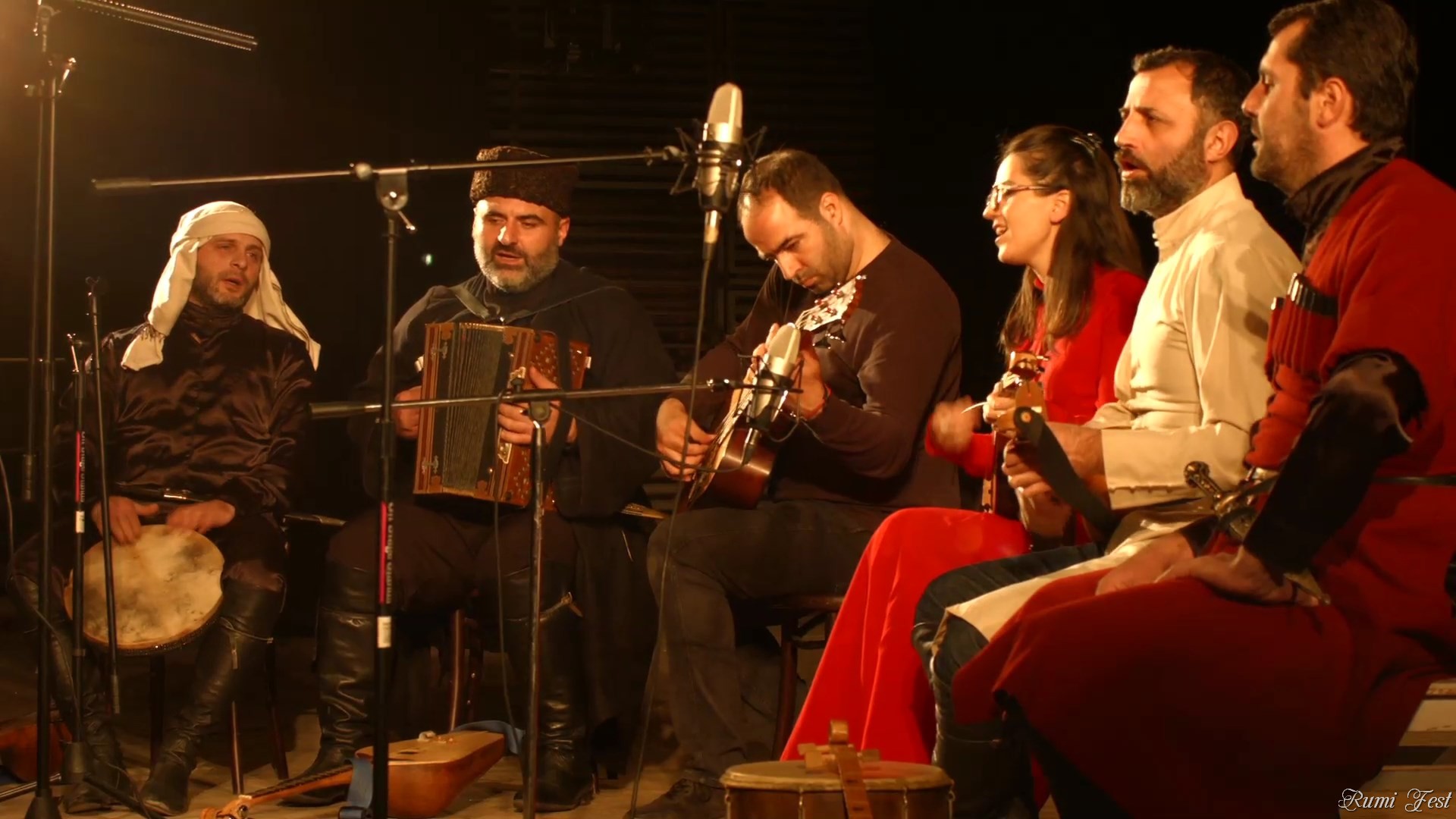[vc_row][vc_column][vc_column_text]Kailas… a shrine of six religions, the unmade pyramid that rose in the dawn of time, the luminary that has seen thousands years of human history, the Chrystal temple of gods and the home of bodhisattvas, the repository of knowledge… Kailas is a light house showing path to our ships in the fog of delusions, and attracting by its genuine beauty and purity.
This August we set out on pilgrimage to this inexpressibly wonderful sacred place. We flew to Chengdu by different routes; and having reached it we naively thought that we had left difficulties behind, but Kailas always checks those, who go to it… so I can’t help recollecting: “A chain is no stronger than its weakest link, and life is after all a chain”… We ourselves, our actions, thoughts, behaviour, reactions, choice were those links that played their role. For example, in Chengdu we could pass the system of Chinese security and reach Lhasa safely as a whole group only because of self-sacrifice and responsibility of some of our companions, who missed their flights just to handle the originals of Tibetan permits to those, who had flights after them.
… In Lhasa our friend and permanent guide in all our tours in Tibet – Norbu – was waiting for us. His love to motherland, knowledge, skills of communication and survival, and surely the gift of guide have been given by God, and make his path. Our meeting with him in a distant 2005 is also a big gift…
We stayed in Lhasa very shortly – on the following day after our arrival we set out on a long drive. During the past years Lhasa, same as all the Tibet, has experienced great changes. We remember towns and roads 14 and 7 years ago. The infrastructure and the level of comfort have improved significantly, it is much cleaner around, cities and railroads are built, natural resources are recovered, but at the same time there is a whole lot less of the archaic, genuine stuff that once impressed us so much, made us feel on another planet. Civilization reaches most remote spots in the mountains. Will the Tibetan people manage to preserve their language and culture, their identity?..
Lhasa – Shigatse (270 km south-west of Lhasa)
First we drove to Shigatse (3900 m asl). Height requires adaptation, and high mountain passes were waiting for us, lowland dwellers. Mountain sickness is not the right thing to mess around. On our way we visited the magnificent lake Yamdrok Tso – the lake of Scorpio (it is considered as one of six sacred lakes of Tibet along with lakes Manasarovar, Namtso, Lhamo Latso, Pelku tso and Tso Ngonpo). They say in Tibet that lake Yamdrok is impossible to see twice the same. The lake is located at the height of 4400 m asl, the average depth is around 25 m, and the length from North to South is 72 km, but from East to West — 130 km.[/vc_column_text][us_gallery ids=»2623,2626,2629″ columns=»3″ indents=»1″][us_separator type=»invisible» size=»small»][vc_column_text]This time the lake wasn’t gentle to us. Right as we were about to start meditating elegantly at the bank, a strong hailstorm poured upon us, and all of us soaked through to the skin and were cold… Though it didn’t make sense to feel too harshly against the weather, as the external world is just a reflection of the internal one…
In the past Shigatse was an important trade and administrative centre. The main sight of the city is the Tashilhunpo monastery built in the middle of XV century, and used to be the residence of the second most important hierarch of Lamaism – Panchen Lama – before the loss of independence. Over time the monastery became the largest centre of philosophy in Tibet. It keeps the unique 26-metre statue of Buddha Maitreya – the Future Buddha, which was being built for 4 years by 900 builders, and contains 300 kg of pure gold.[/vc_column_text][vc_row_inner][vc_column_inner][us_gallery ids=»2653,2656,2659″ columns=»3″ indents=»1″][/vc_column_inner][/vc_row_inner][us_separator type=»invisible» size=»small»][vc_column_text]Every day travelling took rather long, but due to good asphalt roads we were transcending high mountain passes rather comfortably. We drove several hundred kilometers daily.[/vc_column_text][vc_row_inner][vc_column_inner][us_gallery ids=»2686,2680,2707″ columns=»3″ indents=»1″][us_single_image image=»2671″ align=»center»][/vc_column_inner][/vc_row_inner][us_separator type=»invisible» size=»small»][vc_column_text]Shigatse – Saga (597 km)
Next night we spent in Saga (4475 m asl) – once an ordinary, unremarkable Chinese-Tibetan town, where in the old days we used to stay in guest-houses, and our drivers repaired the jeeps in local car services. Today Saga is a tourist hub for those, who strive to get to the western part of Tibet by different roads, and first of all – to visit mount Kailas and holy Lake Manasarovar. There appeared quite good hotels, and it became much cleaner.
Saga – Manasarovar and Chiu Monastery
Eventually, after one more long driving we saw the splendid sparkling lake Manasarovar… You can adore it indefinitely. Manasarovar is part of the Mandala of Supreme Bliss with Mount Kailas in the centre. It is the most worshipped lake among the lakes of Tibet. Unfortunately Kailas did not show its slopes to us… It felt very sad, as if your dear friend didn’t answer your call or couldn’t come to the meeting you had been expecting so impatiently…[/vc_column_text][vc_row_inner][vc_column_inner][us_gallery ids=»2632,2635,2677,2758,2755,2728″ columns=»3″ indents=»1″][/vc_column_inner][/vc_row_inner][us_separator type=»invisible» size=»small»][vc_column_text]Our sole consolation was that the guest-house located very near to Chiu (Sparrow) Monastery, which had become the last stop for Guru Padmasambhava before he made his mystic transition. The cell in the rock, where he lived and meditated is the place of worship and respect. The monastery has grown, but is still atop of the high hill, offering an incredibly beautiful view of Lake Manasarovar and mount Kailas. By the way, the vicinity of Manasarovar is rich with many kinds of medicinal plants, which cure body and spirit, and with hot healing springs, which come out of the ground. There was such a spring near our guest-house! It was a real gift for us and other travelers. When speaking about Manasarovar it is impossible to ignore another lake, which we also visited – Lake Rakshas. It is considered as a lake of dark demonic forces. Despite the fact that same as Manasarovar it is fed by waters of melted snow from Kailas and it is located only 12 km away from Manasarovar, its waters are leaden-gray, its banks are deserted and feebly, you can’t see a flock of birds or fish in the water, even insects are very few here… Manasarovar and Rakshas are like the sun and the moon – the symbols of duality of this world and our nature. But until nowadays the only one, who could tame his “demons” and directed their force to service is Guru Padmasambhava…
Manasarovar – Valley of Garuda – Darchen
In the morning we drove to the forgotten capital of the ancient kingdom Zhangzhung– the Valley of Garuda (Khyunglung Ngülkhar). We were lucky, because just before our arrival the construction of a new road was finished. We reached the place with great panache. Even if missing the knowledge that the Valley of Garuda is a mystic place, you get astonished by the beauty you suddenly see around. The turbulent flood, bizarre slopes, peculiar islands of salt evaporates, creeks, all those made an unforgettable impression and offered a chance to tune to the coming experiences. Our coming experience was kora (parikrama) around Kailas, three very different days. We started out to Darchen.[/vc_column_text][vc_row_inner][vc_column_inner][us_gallery ids=»2605,2608,2611,2614,2620,2617″ columns=»3″ indents=»1″][/vc_column_inner][/vc_row_inner][us_separator type=»invisible» size=»small»][vc_column_text]Darchen – a village at the foot of Kailas (6714 m asl), which over the past years has become a town: with hotels, concrete roads, street lighting. Where are you, street vendors of beads?.. Where are you, the habitual open-air WC, the old guest-house with a view of the southern slope of Kailas, of Gurla Mandhata — the Swastika Mountain, and of the inimitable pink-on-white sunset?.. We slept in an absolutely fresh, newly built hotel. Preparation for kora … only the things of prime necessity …the most important is to concentrate and to focus. What would we do without the guidance and blessing of our Master? .. Our delusions, ignorance and illusions about ourselves, feeling ill burdened and did not let enjoy the magic of the now fully. Besides, too many habitual conditions have changed, and we couldn’t even imagine how many…
Kora around Kailas is a kind of communication, it is always interaction, even if we do not feel it, or cannot appreciate fully.[/vc_column_text][vc_column_text]Kora — Day 1 – the valley of Amitabha – Dirapuk (Northern face), about 6-8 hours on trek
Early wake-up, unexpected rain, gray sky, shuttles instead of our habitual buses, new orders, entry tickets and even something similar to turnstiles at the mouth of the red valley Amitabha – the Western valley. And a rock slide, on the left slope, at the very mouth of the valley. We have never seen such a phenomena, and it filled with contradictory feelings. Anyway, we set off, and our way went along the Western valley – the valley of the river Lha Chu. Kailas “was observing” us, hiding behind clouds and the Mirrors of Karma, so we merged with other travelers and followed the path, stepping over spring runoff, walking up and down. Many of us to the lead, but some were moving slowly, taking pictures of wonderful nature around. Unusual for this season heavy rains had impacted favorably on it – cheerfully green slopes, flattering beautiful birds, peaceful herds of yaks with young stock walking amongst them. In the evening, at the end of the road, at the Northern face of Kailas – opposite the monastery Dirapuk (5050 m asl), a good rest was waiting for us at the hotel. There was a time, when in a distant 2005, we slept here under the open sky in tents, set up on the bare frozen rocky ground, surrounded by lying snoring yaks. The Northern side of Kailas opened its face fully to us, in all its beauty. It is “guarded” by two mounts-guardians – Manjushri and Vajrapani, fighting our ignorance and imperfection.[/vc_column_text][vc_row_inner][vc_column_inner][us_gallery ids=»2530,2533,2536,2542,2545,2548″ columns=»3″ indents=»1″][/vc_column_inner][/vc_row_inner][us_separator type=»invisible» size=»small»][vc_column_text]Kora — Day 2 – Dirapuk – Drolma La pass – Zutrul puk monastery (4630 m asl), about 10-12 hours on trek
That was the most difficult and important day of Kora. Having walked up the path, we stepped on the pass of Tara – Drolma La (5637 m asl). Tibetans believe it to be the beginning of a new life, so their threadbare clothes are taken off similarly to old decrepit body. The sun was shining one minute, and hid behind the gray of clouds another minute. We started descending to the valley of the river Akshobhya from the pass, going by Lake of Mercy – Tukje Chenpo Tso (Gauri Kund) and the Axe of Karma, and set off on a long way along the valley to our guest-house at the feet of Zutrul Puk monastery (4630 m asl), keeping safe the cave of Guru Milarepa.[/vc_column_text][us_separator type=»invisible» size=»small»][vc_row_inner][vc_column_inner][us_gallery ids=»2551,2554,2557,2560,2563,2566″ columns=»3″ indents=»1″][/vc_column_inner][/vc_row_inner][us_separator type=»invisible» size=»small»][vc_column_text]Kora — Day 3 – Eastern valley
In the morning, first of all we visited the monastery and the cave of Guru Milarepa. His life, mystic experience, actions, poetry present a huge heritage. Some time ago the film about the first stage of his life was shot. There is a book about the great Tibetan Yogin Milarepa. His life was full of ordeals, hardships, spiritual quests. That man, who had a huge potential, acquired the magic of Bon, could transform his conscience fully, became a humble disciple, ascetic, yogin and dedicated his life to service on the path, helping all people, who came to him. He is the only man in the world, who stepped on the top of Kailas. The polychromatic and fancy eastern side of Kailas is one of the most beautiful places on Earth. This is the place, where you need and you want to dream. Having descended along the eastern valley we returned to Darchen, and then drove to our guest-house in the vicinity of Lake Manasarovar… For many of us that was the last night at the holy lake… We appreciated moments of quiet and privacy…[/vc_column_text][vc_row_inner][vc_column_inner][us_gallery ids=»2569,2572,2575,2578,2581,2584,2587,2590,2593,2596,2599,2602″ columns=»4″ indents=»1″][/vc_column_inner][/vc_row_inner][us_separator type=»invisible» size=»small»][vc_column_text]Manasarovar – Mayum La – Saga, around 9 hours
Next morning we set off back to Lhasa. That was the day of retreat – everyone was silent trying to concentrate and to put the fuss away. A cold wind was blowing and from the high hill we cast a farewell look at the sparkling waters of Manasarovar… Having left Mayum La pass behind our buses rushed to Saga. In Saga we thanked and said good-bye to our Tibetan cooks, who managed to feed us so tasty, using very simple kitchen tools. This is one more reason to thank Norbu for the perfectly drafted team.
Saga – Shigatse
Having spent overnight in Saga, we continued to Shigatse. Only a couple of days were left until our departure. Impressions and experiences were so many, that it was impossible to express them with words, that is why interesting stories that Norbu was telling us about life in modern Tibet were a special treat on the way. We learnt so much new and interesting, because our guide is the best Tibetan guide in the world!
Before the departure to Lhasa, early in the morning, we visited the monastery Tashilunpo, immersed into the atmosphere of Buddhist temples, strolled along narrow streets of the monastery, which is now a tourist site and is open for tourists in certain hours. We hope that the spiritual value of this place will be maintained further despite the limitation the official authorities put on the monks and the monastery.[/vc_column_text][us_separator type=»invisible» size=»small»][vc_column_text]And again we were driving. The remaining short distance – Shigatse-Lhasa. The farewell dinner with tasty treats and little concert, with participation of Norbu’s children, who charmed us with ancient Tibetan dance. Farewell photos for good memories… Packing, thoughts about soon return home. Next day we had to fly to Chengdu in little flocks.
Now we were moving ahead of the time, striving for home to get the hearts whole, though leaving a piece of heart with Kailas…Who knows, it might happen that some day Kailas will call us again, by touching the invisible threads than link us together, as there are so many unlearnt lessons of life. There is a saying: “Mountains and valleys do not meet, but people do”… Kailas is more than a mountain, it has its soul, and we are not valleys, but people. God send – we will see one another![/vc_column_text][vc_row_inner][vc_column_inner][us_gallery ids=»2638,2641,2644,2647,2650,2719,2722,2689,2725,2752,2755,2683,2713,2716,2746,2749″ columns=»4″ indents=»1″][/vc_column_inner][/vc_row_inner][/vc_column][/vc_row]
